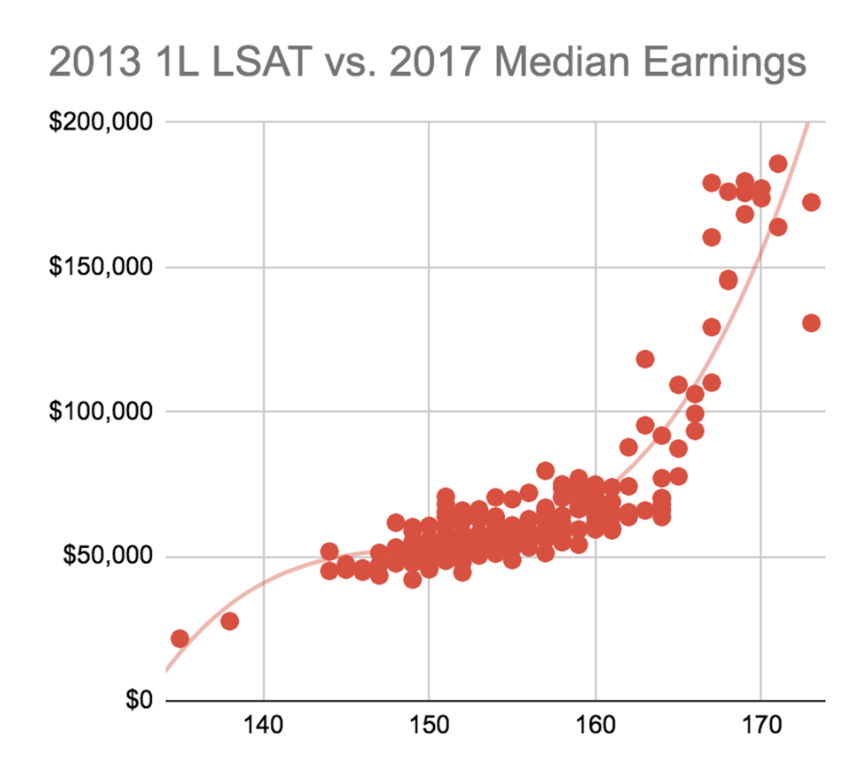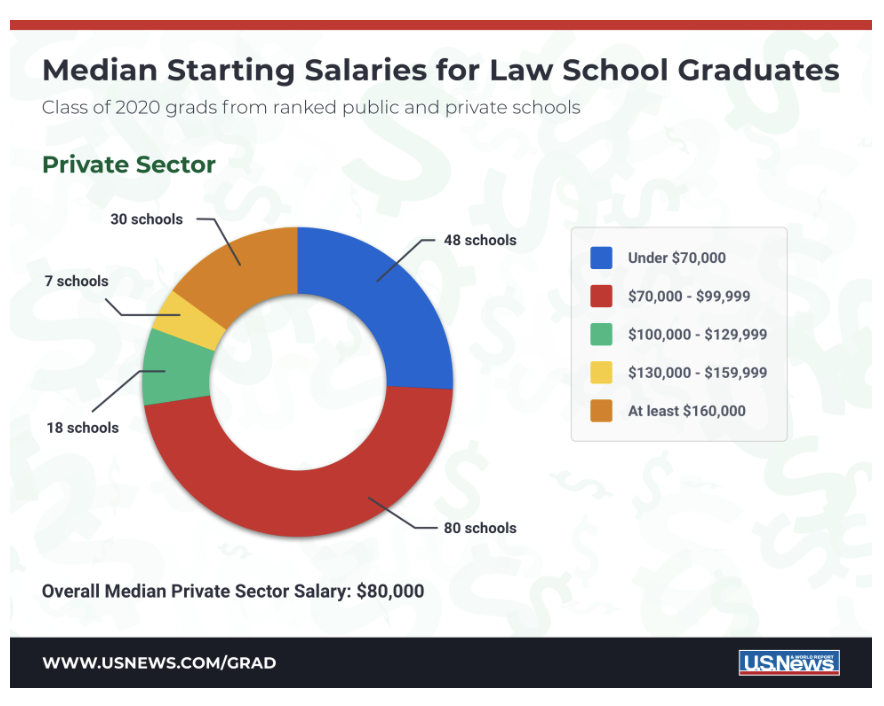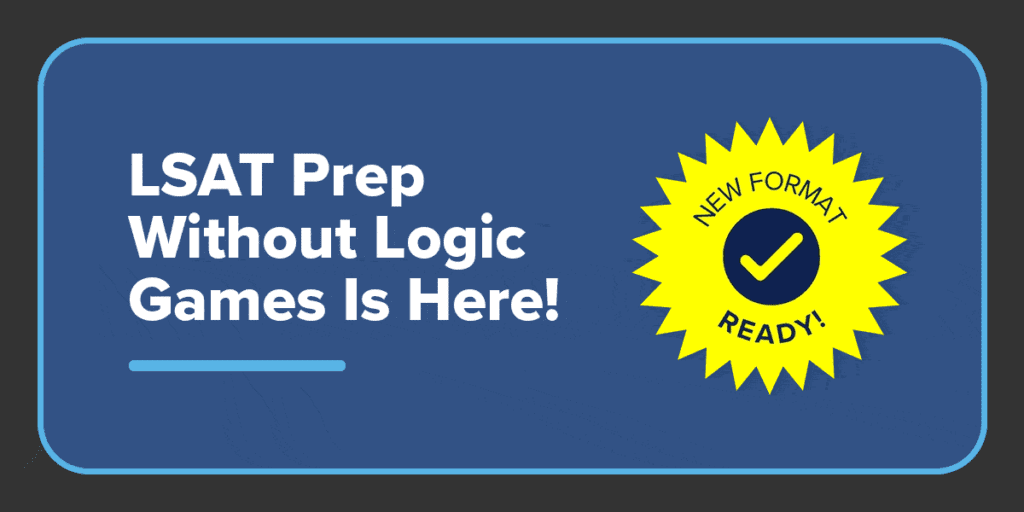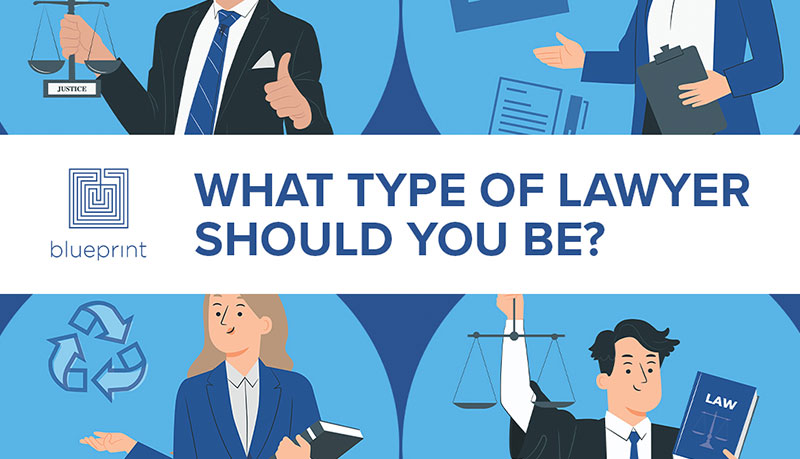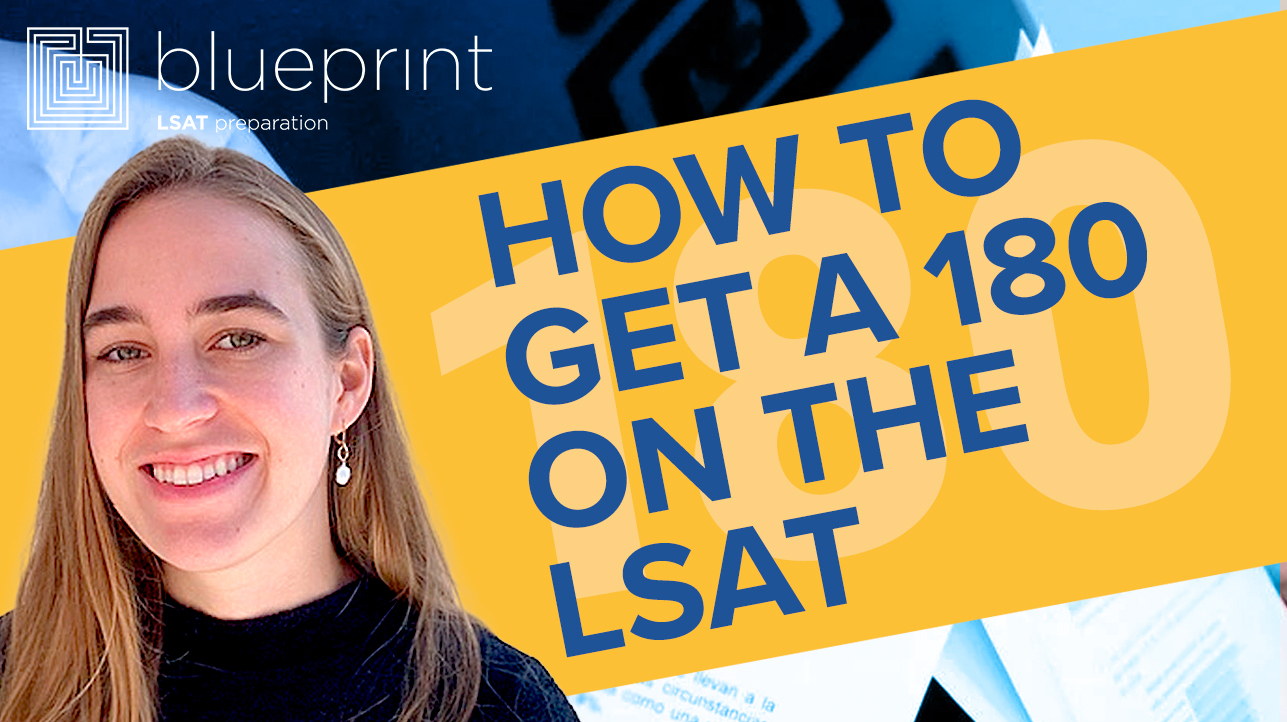What Does My LSAT Score Mean: 155-159
- by
- May 18, 2022
- Admissions, General LSAT Advice, How Would They Have Scored on the LSAT?, Law School, Law School Admissions, LSAT, LSAT Advice
- Reviewed by: Matt Riley
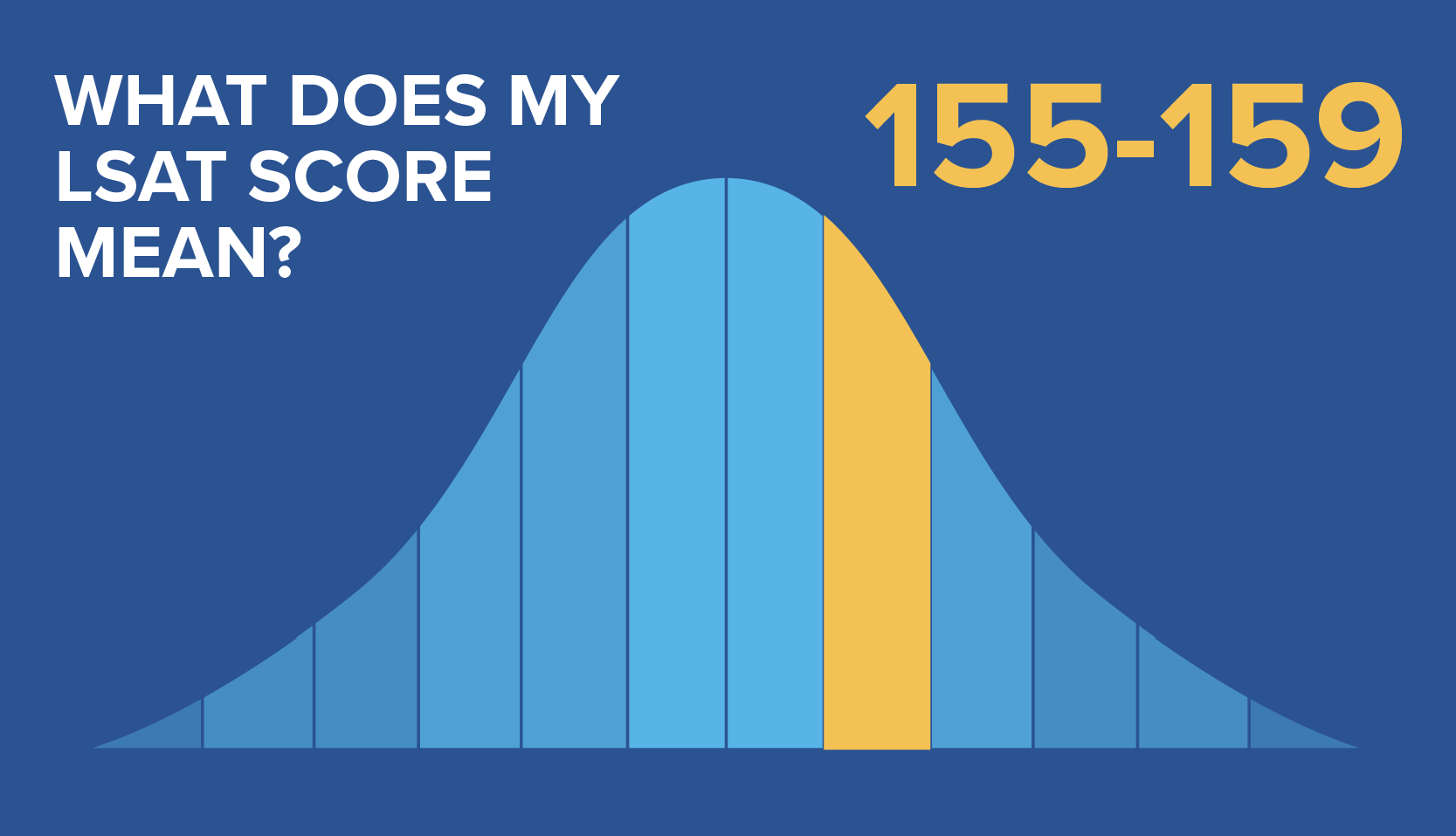
We know that with the launch of our new score-related series, many Most Strongly Supported fans who aren’t within the 165-172 LSAT score band are waiting with bated breath for our next release. Well, it’s happening, people. It’s time to talk about LSAT scores in a more modest range. As with our last post in the series, we’re going to take a closer look at what different LSAT scores mean for you – the types of law schools (and law school scholarships) you might want to aim for, and how those factors can have an impact on your job prospects and potential salary range. So grab a snack and get to scrolling: the 155-159 review is here!
First off, if you’re in this score range, you’re already officially above the mean (and above median, though we can’t speak to mode – sorry stats fans). Within this score range, you’re besting 64-78 percent of your peers, putting you solidly within the top half of test takers! So, what does that mean in practical terms?
Let’s start with the good news: Scoring in this range makes you a competitive applicant for a variety of law schools. It’s not going to be sufficient for top law schools, but there are plenty of law schools that will be happy to see these scores!
The following table represents the schools with median LSAT scores in the 155-159 range for admitted full-time student populations at these schools as of Fall 2021/Spring 2022. The universities of Connecticut and Kansas, ranked #64 and #67, respectively, are in sight for you if you’re near the top of this range, while several other schools are options even if you’ve scored a 155. Don’t forget, this list isn’t exclusive or exhaustive – in terms of US News rankings, some schools in this range actually have higher average admittance scores than 159, and some schools are excluded as their average entering score is actually lower than 155.
| University of Oregon |
| Loyola University Chicago |
| Illinois Institute of Technology |
| University of Kansas |
| Drexel University (Kline) |
| University of Nebraska — Lincoln |
| University of South Carolina |
| Rutgers University |
| University of Cincinnati |
| University of Oklahoma |
| The Catholic University of America |
| University of New Hampshire |
| University of Maine |
| University of Kentucky |
| Syracuse University |
| Texas Tech University |
| Stetson University |
| Seattle University |
| Santa Clara University |
| University of Arkansas — Fayetteville |
| Michigan State University |
| University of Hawaii–Manoa (Richardson) |
| University of New Mexico |
| University at Buffalo–SUNY |
| University at Louisville (Brandeis) |
| St. Louis University |
| University of Montana |
| DePaul University |
| Louisiana State University–Baton Rouge |
| University of Mississippi |
| Hofstra University |
| Mercer University |
| CUNY |
| Regent University |
| Indiana University–Indianapolis |
| Marquette University |
| Washburn University |
| Drake University |
| Cleveland State University |
| Duquesne University |
| New York Law School |
| University of the Pacific |
Sources: U.S. Department of Education, U.S. News & World Report.
As you can see – you’ve got a lot of options! If you’re surprised that this list is mostly made up of state schools and less exclusive programs, we recommend taking a look at the overall school rankings and seeing the average of scores of the programs you were hoping to apply to. Remember that these are average score values, so an exceptional application may squeeze you into a more prestigious program with a lower LSAT score — though by the same token, having the average score isn’t a guarantee you’ll get in, especially if your application is otherwise lacking.
But what about that sweet, sweet cash awaiting you at the far end of the law school rainbow? Are you looking at a life like the Rose family before moving to Schitt’s Creek? In addition to money, job security is a big issue — how do these scores and schools correlate to immediate employment at graduation? Let’s take a deep dive into some of the schools listed above:
| School | Employed Immediately | Median Private Salary | Median Public Salary |
| University of Kansas | 53.9% | 80,000 | 57,798 |
| University of Cincinnati | 55.3% | 90,000 | 51,755 |
| University of Kentucky | 64% | 70,000 | 45,000 |
| Texas Tech University | 47.2% | 76,557 | 55,800 |
| University at Buffalo–SUNY | 58.2% | 70,000 | 58,000 |
| Mercer University | 54.2% | 66,000 | 50,000 |
| Indiana University–Indianapolis | 50% | 80,000 | 52,000 |
| University of the Pacific | 44.2% | 85,500 | 67,000 |
Sources: U.S. Department of Education, U.S. News & World Report.
As you can see, there’s some variance from school to school across all of these metrics. Across the board, though, you’ve got something like a 50/50 shot at a job straight after graduation, and even though compensation in both the public and private sectors isn’t maxed out, it’ll definitely help you repay your potential future law school loans.
By the way, we’re not trying to pull a fast one on you by dropping a common fallacy in your lap. The correlation between LSAT score and salary still hold when all law schools are taken into account. As you can see, pay starts to change more dramatically once you’re past the 160:
Sources: U.S. Department of Education, U.S. News & World Report.
But how do those private sector median salaries compare to overall starting salaries? This data set is a bit older, but still very indicative of the distribution of JD starting salary for graduates:
Sources: U.S. Department of Education, U.S. News & World Report.
As you can see, you likely won’t be starting out at the top of your field in terms of salary, though there is always variability based on specific details. Note that, with programs like the ones you’re looking at with your LSAT score, you’re going to want to make sure the school has good prospects within your individual area of interest and a history of matching people to jobs in the area you’re interested in. The programs in your score range are going to be a bit more variable in terms of reputation across disciplines, so whether you’re ultimately planning for a public or private career, you will want to make sure to choose a program built for your needs.
While we’re talking about money: what about LSAT scores and scholarships? This data gets a lot more complex, as most scholarships (both those specific to a program and those not associated with a specific school) rely on several metrics outside of LSAT score. While you’re competitive to get into programs, the most competitive individuals for scholarships offered by your school will likely have LSAT scores significantly higher than the admissions median.
So, if you’re in this range of scores, you’ve got some options when it comes to schools, your pay outlook as a lawyer is about average, and you’re probably going to be in debt for a while if you don’t qualify for other forms of financial aid (or other help) to pay for law school. You may actually need to compensate for your LSAT score with other parts of your application, so make sure you’re really polishing every element of your application as much as you can (i.e. write a killer personal statement), and you’ve got decent odds of getting into a moderately ranked school.
If, however, you’ve decided to retake the LSAT and shoot for a higher score, we can help! Get access to a bunch of free LSAT resources when you create a Blueprint LSAT account and download our Guide to Retaking the LSAT for more targeted advice.
Search the Blog
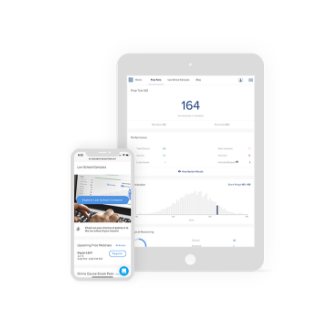
Free LSAT Practice Account
Sign up for a free Blueprint LSAT account and get access to a free trial of the Self-Paced Course and a free practice LSAT with a detailed score report, mind-blowing analytics, and explanatory videos.
Learn More
Popular Posts
-
logic games Game Over: LSAC Says Farewell to Logic Games
-
General LSAT Advice How to Get a 180 on the LSAT
-
Entertainment Revisiting Elle's LSAT Journey from Legally Blonde

